I am not entirely sure when I saw my first concentrated red beam of light … Was it when Luke Skywalker wielded his lightsaber? Or was it Master Yoda?

Our generations have seen laser lights for so long that they are just part of life. A laser-light show is entertaining with beams of bright color dancing all around to the beat of the music blasting through the air, but it is not mystifying. It is familiar.
Light wasn’t always familiar. The various uses for light were once undiscovered.
The Introduction of Light Therapy
Light therapy was first introduced into the medical community in the late 1890s as a means to heal lupus. The treatment was so successful that its creator Dr. Niels Finsen won the Nobel Prize in Physiology.
In 1917, Einstein theorized the first laser. It wasn’t until 1960 that Einstein’s theory was fully realized and the first laser was created. Albert Einstein’s theoretical laser paved the way for advancements in countless fields.
This concentrated light paved the way for therapeutic applications. Laser therapy uses targeted red and nearly-infrared light.
Laser light failed to produce consistent light, so when the advancements in LED light were made, they allowed for a consistent color to be produced. It is the consistent color that lends itself to effective light therapy.
It was the birth of this LED light therapy that brings us to the use of red light therapy for dental purposes.
Red Light Therapy
Red light therapy is also known as low-level laser therapy, photobiomodulation, and low-power laser therapy. It works because of the amazing beauty of our bodies’ mitochondria.
Just like we learned in elementary school, mitochondria are the powerhouses of our cells. When our bodies are exposed to the red light, the mitochondria are basically activated to soak up the light and create more energy.
This is the process by which many people believe our cells become healthier and our tissues begin to heal in both our skin and our muscles.
The level of light used in red light therapy is so minimal that it does not harm the skin. It has been used to treat many different conditions, such as:
- Wrinkles
- Tendinitis
- Dementia
- Hair Loss
- Osteoarthritis
- Dental Pain
And with the mention of dental pain, that brings us to the matter at hand, which is the use of red light therapy in the treatment of our dental issues.
Red Light Therapy for Oral Care
Now, before you get too excited, this does not mean you will be grabbing your completely unrealistic red lightsaber and holding it in front of your teeth. Nor does it mean that you will be taking that laser pointer you have been using to tease your cat and start aiming it at your teeth.
Both things sound highly entertaining. (Well, they sure sound entertaining to witness.) But you’ll have to tuck those little pipe dreams away with all your other ones.
Red light therapy is actually a new exploration of sorts in the world of oral care. A series of studies have started to introduce a link between the properties of red light and the health of our teeth and gums.
Although the research is still fairly new and progressing, dentists and oral health professionals alike have started to utilize red light therapy in their practices.
Oral Benefits of Red Light Therapy
There are many proposed oral benefits of red light therapy. This is a list of such benefits:
- Reduced tooth sensitivity
- Improved blood circulation throughout the gums
- Prevention of receding gum lines
- Improved bone density
- Reduction of inflammation
How does red light therapy work?
It’s pretty easy to understand how it works. Keeping it in layman’s terms, red light has a positive impact on blood circulation and teeth regeneration. This comes in handy when considering the dentin layer of teeth regenerating as well as receding gum lines.
Basically, red light targets the part of the cells responsible for energy production (also known as mitochondria) and speeds up the process. This means if the gums are receding, red light is able to promote more circulation and generation of the healthy tissue.
Red light also has today’s much-coveted hygienic factor that comes with it. It has been observed that the red light eliminates harmful bacteria that would otherwise compromise our oral health.
Dentists have often noticed that when there is an excessive amount of bacteria present, those bacteria will start to recede. There are certain types of bacteria also known to cause damage to the oral canal, making the red light particularly helpful in these cases.
Ummm yes, please. Nobody wants bacteria in their oral canal! It sounds so scientific and frankly, a little weird. Oral canal is just a strange description of … drum roll, please … the mouth. Go figure.
Red light therapy has been successfully used to eliminate that nasty mouth bacteria that a toothbrush may not catch and to keep the gums plumped and structured due to healthy circulation.

Red Light Therapy for Sensitivity
Red light can help with tooth sensitivity as well as good hygiene. That’s a good thing. Let me explain further.
The tooth is composed of three layers. From the inside out, there is the following:
- the pulp
- the dentin
- the enamel
The pulp is the innermost layer, and it contains the blood vessels and nerves. The pulp needs the other layers to be healthy and functioning properly in order to keep it protected.
The dentin is the layer that experiences sensitivity when the enamel is stripped away. This is the culprit for shooting pain through your teeth and gums when you eat something cold or hot.
Lastly, the enamel is the hard, protective layer that guards the inside of the tooth all the way down into the gums. Go, enamel! Obviously, it is pretty darn important to protect the enamel.
However, there are factors that weaken this protective barrier and cause it to be stripped away.
Because the dentin layer is responsible for any sensitivity one may experience, it is important that this layer stays protected and completely intact so as to not cause any further damage to the center of the tooth.
Luckily, the dentin is actually able to restore itself; it is known as dentinogenesis. Many dental professionals believe that using red light therapy has the potential to speed up the process of dentinogenesis.
By targeting and improving the body’s metabolism, red light can make the regeneration more effective and that is why it lessens the potential for sensitivity.
Tooth sensitivity is a common affliction among people that greatly impacts one’s day to day life. If you have experienced tooth sensitivity, you know what a literal pain it is. You know the thought of having your teeth cleaned … the act of that hygienist touching her tiny torture device to your exposed area is enough to make you come right out of your skin.
So, the fact that red light therapy poses a solution for sensitive teeth is a big source of hope and excitement in the dental world. I mean, I’m excited about it.
In conclusion
As you have read, red light therapy is a newer form of technology that is being explored in the dental care field. Despite being a baby in its field, red light therapy has made its way into the hands of dental professionals around the country, as well as at-home systems.
Snow’s teeth whitening system is at the top of the list when it comes to at-home dental care. Snow offers red light therapy in the comfort of your home to reduce sensitivity while whitening your teeth.
Clearly, the benefits of red light therapy are truly revolutionary and could change the game of oral health.

















































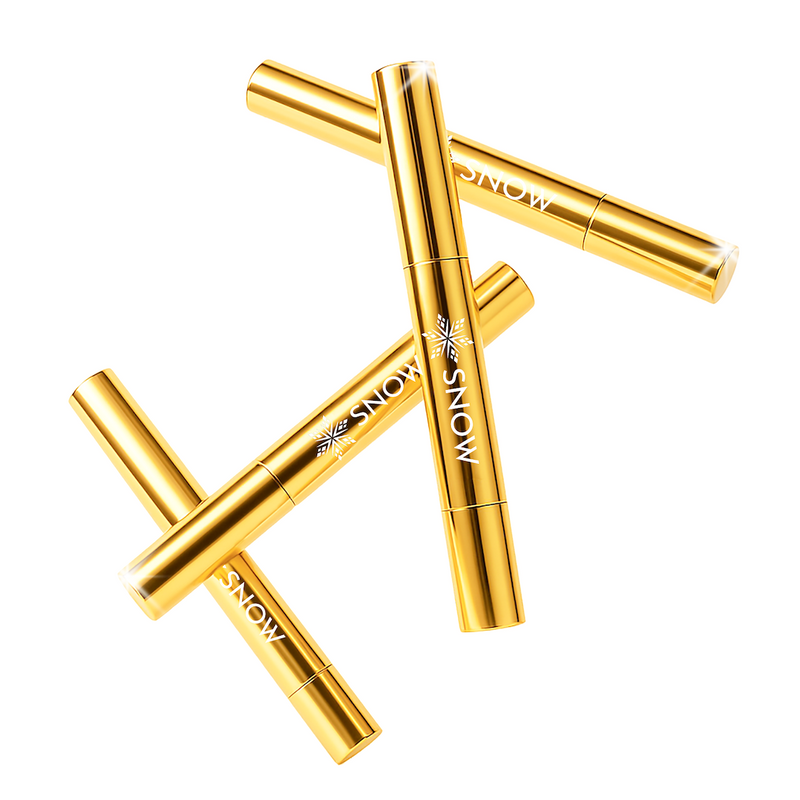



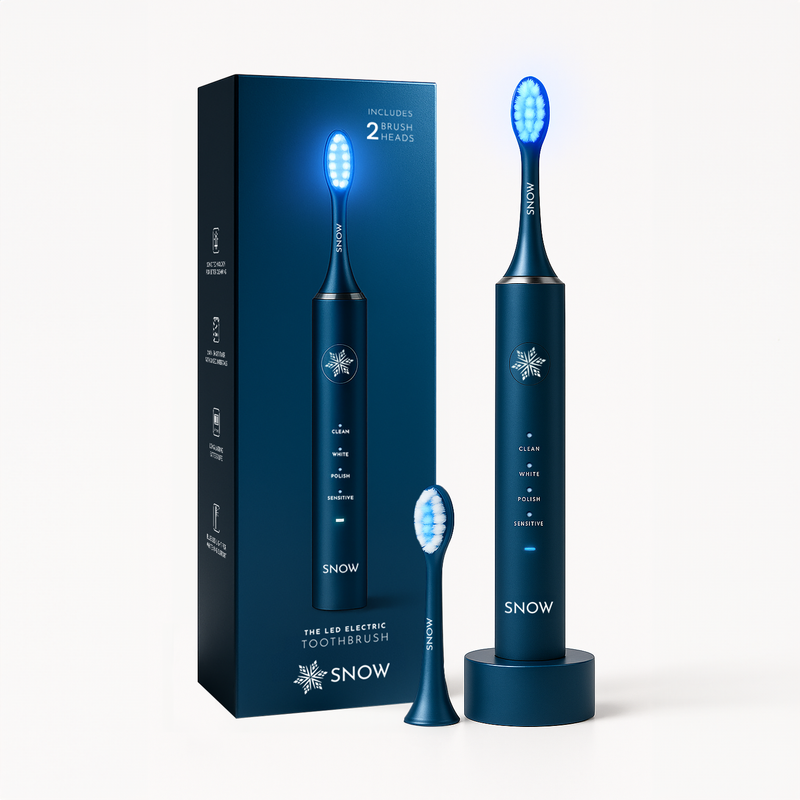

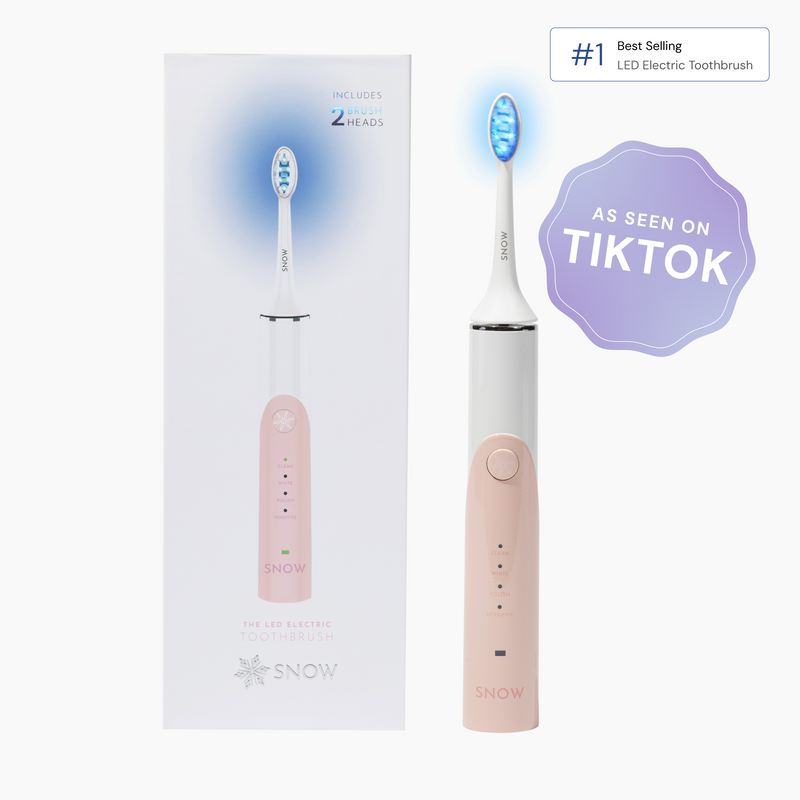




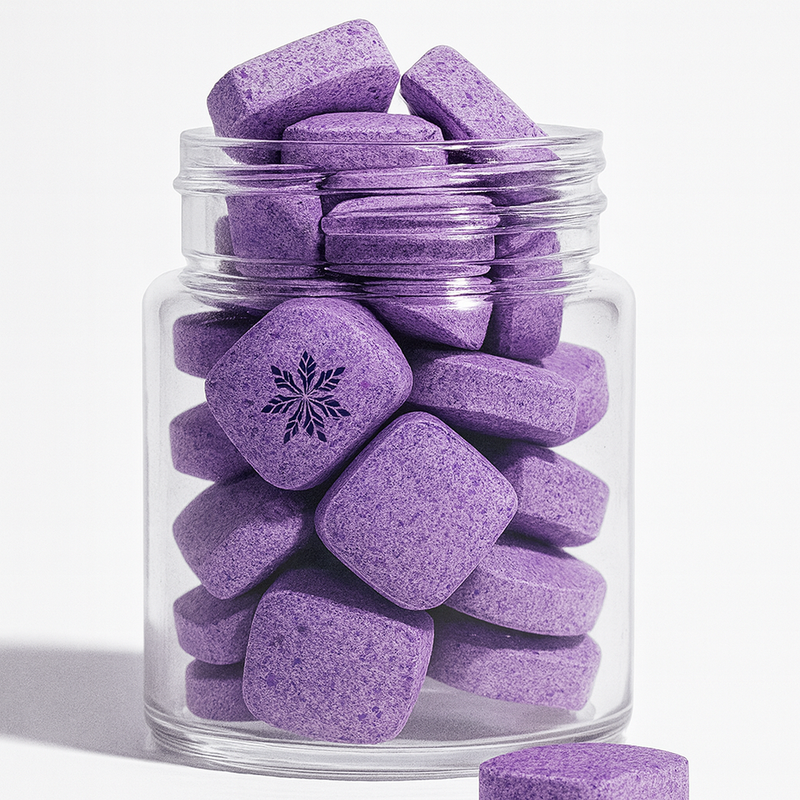
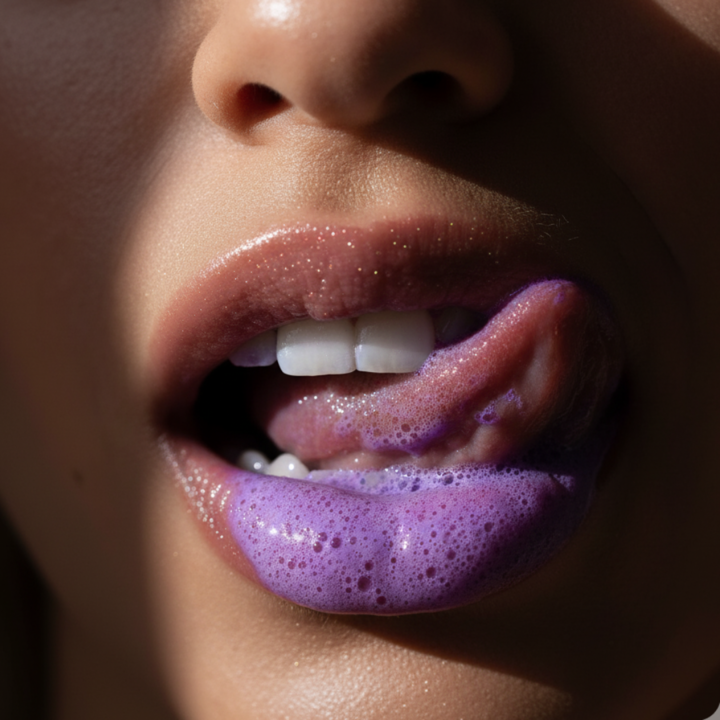





![Is It Safe to Use Whitening Toothpaste Everyday? [The Real Answer]](http://snow-teeth-whitening.myshopify.com/cdn/shop/articles/is_it_safe_to_use_whitening_toothpaste_everyday.png?v=1759931228)


